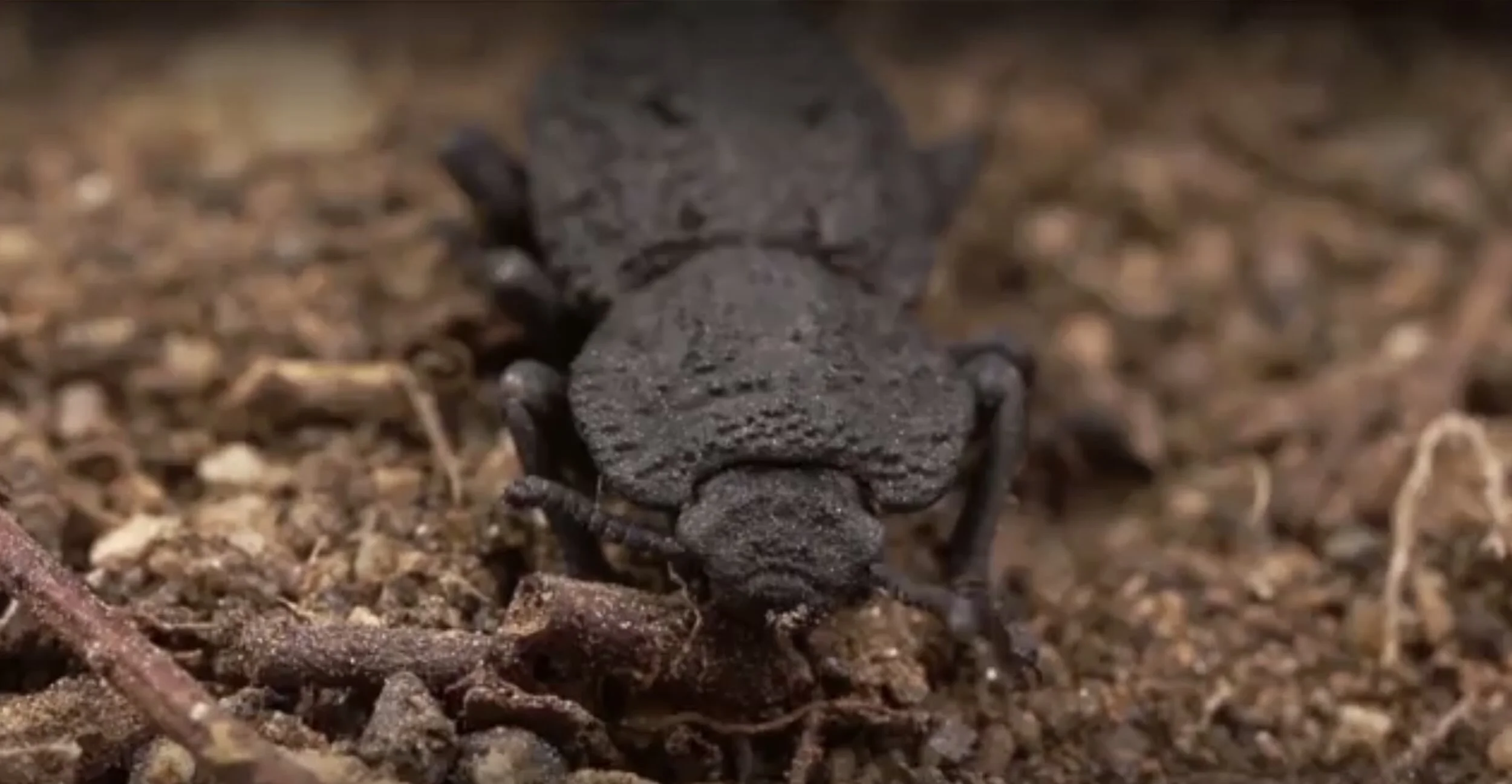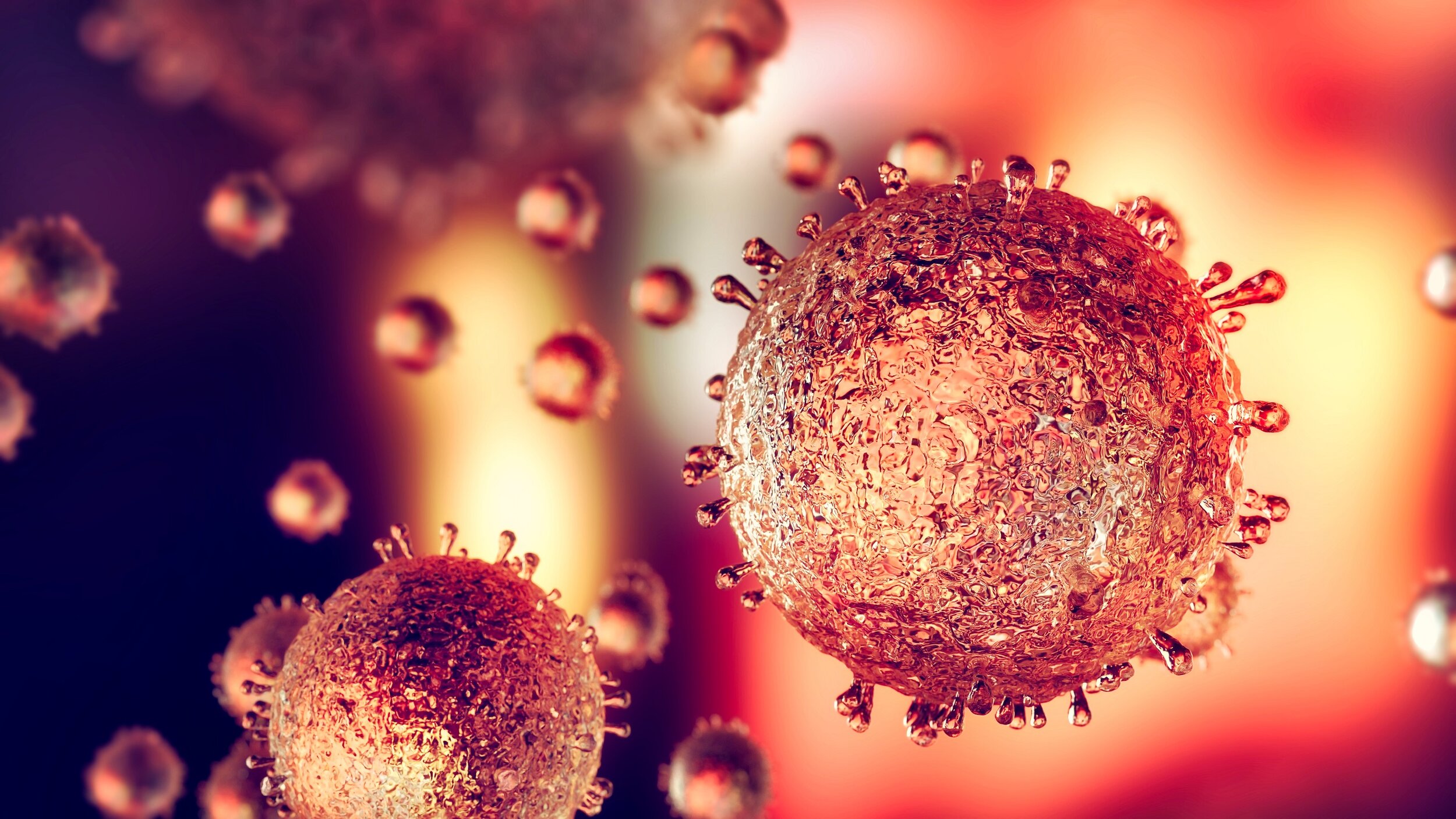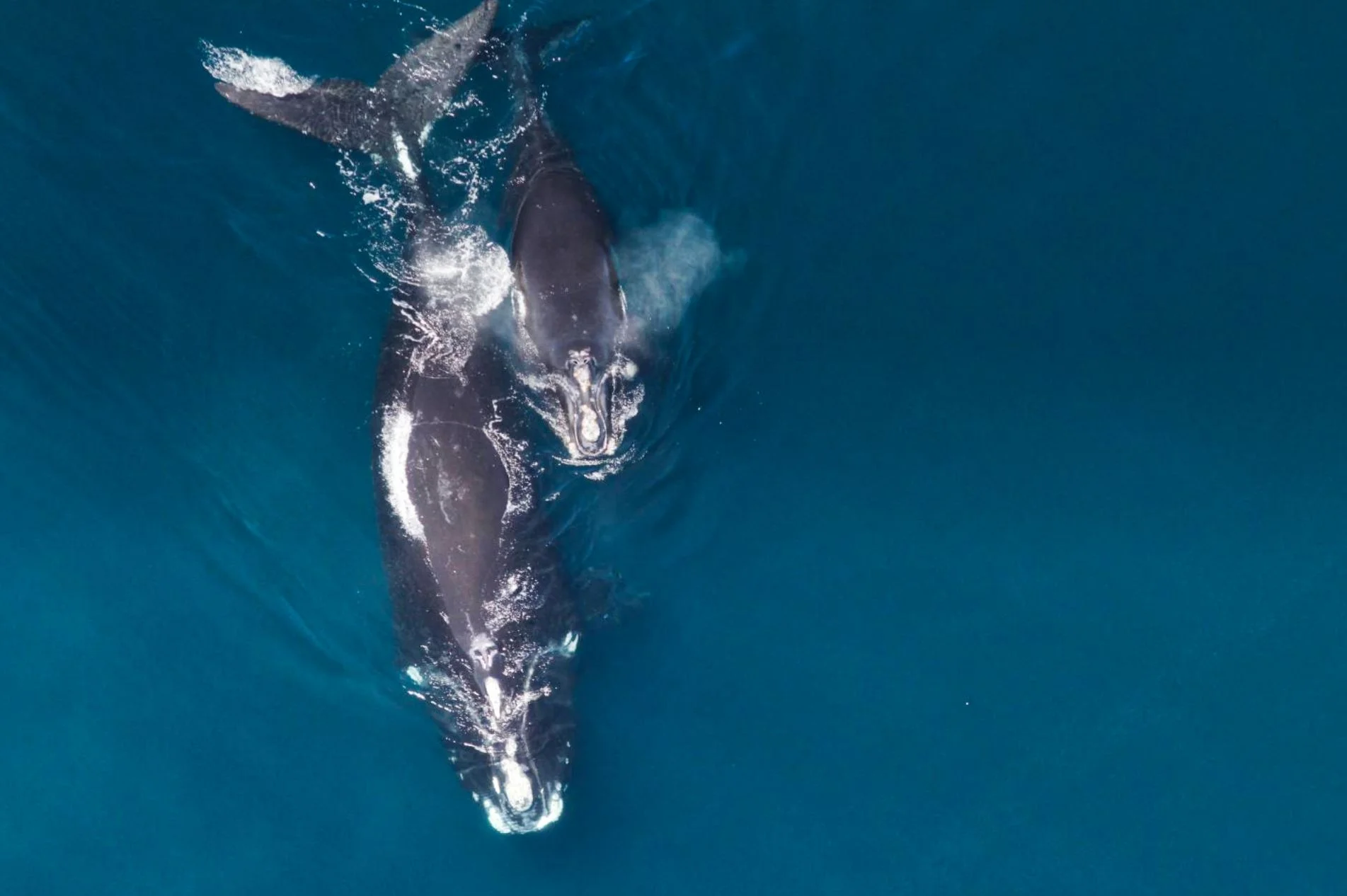Engineers from Delft University of Technology and biologists from Wageningen University & Research are inspired by nature to make instruments for medical applications. Their intensive collaboration delivers good results. "This is only possible if you put engineers and biologists together."
Image Credit: Muhammad Mahdi Karim via Wikimedia Commons / GNUFDL
The parasitic wasp can do something special. The insect is able to puncture rotten wood or a fruit and thus lay eggs in larvae that live in these kinds of places. The wasp uses a long tube for this. But this tube is so long that the animal cannot push it into the material itself. The secret is that this "needle", which consists of three separate parts, can pull itself forward.
This is an interesting mechanism not only from a biological perspective. Engineers from the Bio Inspired Technology Group (BITE-Group) of TU Delft used the so-called ovipositor of the parasitic wasp as a source of inspiration to build thin needles for medical applications. They studied its operation and built various prototypes. “We now have needles of 0.45 millimeters thick, which is only three times as thick as a human hair. The needle is flexible and steerable and automatically travels through the tissue, "says Professor of Medical Instruments & Bio Inspired Technology Paul Breedveld. Needles of this kind should enable doctors to treat in hard-to-reach places in the body, for example in the brain or deep in the spinal cord. The research is part of the Perspective Program - IMIT Instruments for minimally invasive techniques that received funding from the NWO domain Applied and Technical Sciences.
Intensive cooperation
In order to fully understand nature, the Breedveld group works closely together with the Experimental Zoology chair group of professor Johan van Leeuwen (Wageningen University & Research). Research where the amount of technologists and biologists is divided equally, working together in such close collaboration is unique according to Breedveld. He states that within the field of bio-inspired technology, one of the two sides is often dominant. For example, there might be a biology professor with a preference for technology. In the end, the application is often not that serious. For pure technology focused groups, the link with biology is often very far away.
The two researchers came into contact with each other years ago. Breedveld used the insights of Van Leeuwen's research of the functioning of ink fish hoists for the development of an innovative steering mechanism. The research was very successful and the mechanism, now patented worldwide, has been used in a large number of prototypes of steerable snake-like medical instruments. The two researchers then decided to write research applications together.
Van Leeuwen says that his group used to do fundamental research, but has shifted more towards application. “For example, we are investigating the flight mechanism of malaria mosquitoes and thereby developing better mosquito traps. The fundamental solution and the application are two sides that reinforce each other. "
Tree frog
In addition to the above mentioned wasp research, a study has been underway for a year and a half, also funded by NWO-Domain: Applied and Technical Sciences, into the way tree frogs firmly adheres to various materials in a wet environment and releases itself just as easily. They want to use their insights for the development of sticky surgical instruments. Tissue in the human body is currently being grabbed with instruments that have jaws with a saw-tooth structure. This can cause damage to the tissue. The sticking technique can prevent this.
Nature no restriction
The research is emphatically bio-inspired. The researchers are inspired by nature, but do not try to copy exactly what they see. That is the big difference with biomimicry, Breedveld explains. Take the ovipositor of the parasitic wasp: “The different parts are connected to each other with a complicated ridge construction. It is not possible to replicate it on such a small scale. ”Instead, the researchers put simple rings around the needle to hold the parts together - a solution that cannot be found in nature.
Nature is a fantastic source of inspiration, but human findings are just as much a source of inspiration, he emphasizes. “We have used the basic principles of nature, but we have made the precise implementation in our own technological way, which is crucial. If you get inspiration from nature and add smart human technology, you come up with solutions that nobody else would have imagined. It only works if you put the engineer and the biologist together. Otherwise everyone will focus to much on their own terrain."
Collaboration comes naturally
Is there a problem that people want to solve in Delft? "We often know an animal that does a certain trick, we can use that as a source of inspiration," says Van Leeuwen. A number of engineers from Delft and Eindhoven are now working in his chair group, building complex test set-ups together with biologists in Wageningen that are needed to take measurements on animals. Together with the BITE group they look at the translation required to move from the mechanics of an animal to a feasible application. This cross-pollination provides insights on both sides. Van Leeuwen: “Engineers come up with ideas about how things work within biology, we come up with suggestions about how technology can function. Because we also learn to look mechanically, our measurements are on a higher level. ”
According to Breedveld, the fact that the groups that are so different at first sight can work together well depends on their mutual connection. Technicians study devices, biologists study animals, the motivation is the same. "We all want to know why things are structured the way. they are" In addition, there is a great deal of interest in both groups for each other's fields of expertise, says Van Leeuwen. He states that he has become a bit of an engineer himself, and that the people from Delft are slowly becoming part biologist. ‘‘I enjoy looking over the fence.’’ Breedveld: "If there is a click, the collaboration will take place automatically."
Source: TU Delft / NWO press release
If you enjoy our selection of content please consider following Universal-Sci on social media:









